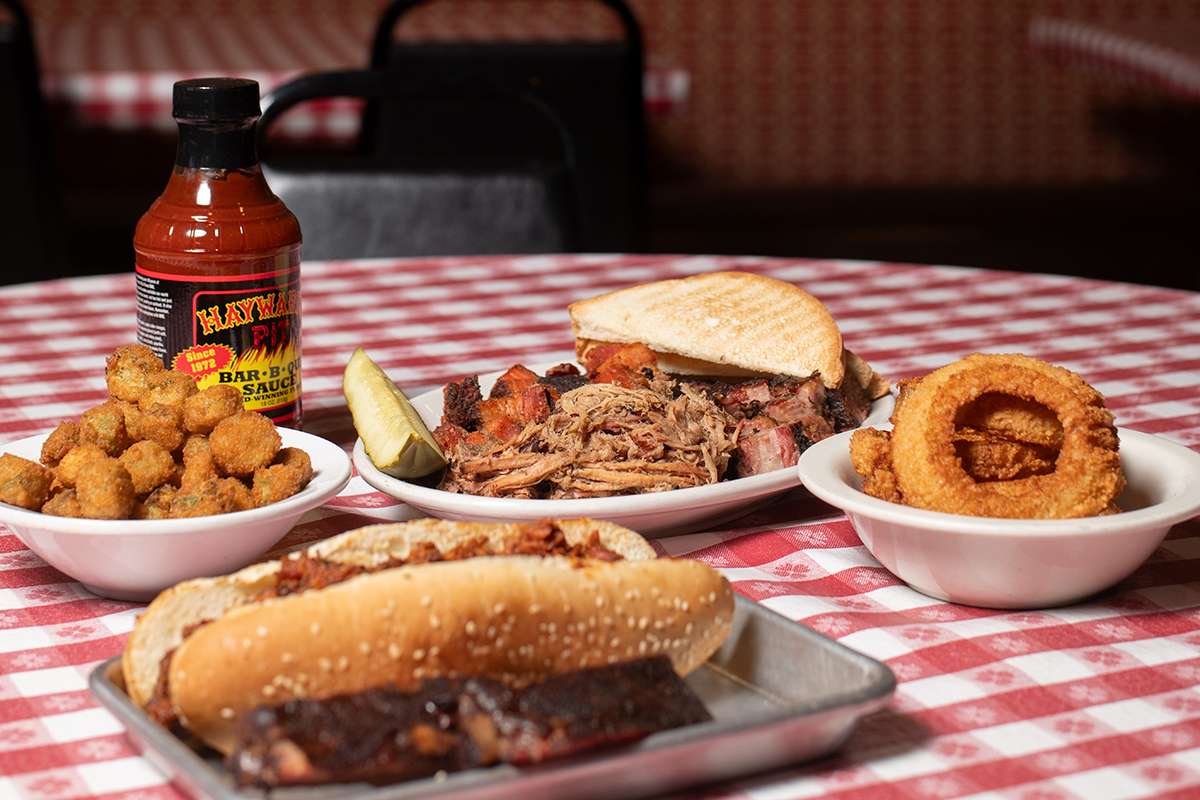Almost every day, Marquell Harris visits two hospitals: Research Medical Center and Truman. And almost every day, he sees new survivors of gunshot wounds, stabbings or blunt force trauma.
Harris is a hospital responder for the violence prevention program Aim4Peace. He’s tasked with visiting survivors of violence at the hospital, building rapport with them and letting them know that the group can help them break the cycle of violence—such as by helping them find a job or get counseling.
“It’s that whole same message, added on with, ‘What can we do for you not to be sitting here with a hole in you?’” Harris says.
Aim4Peace has existed in Kansas City since 2008, but with the rising homicide rates in recent years, the success of the violence prevention program has been called into question. The program does have a powerful advocate in Mayor Quinton Lucas, who believes in the program and is increasing its funding in his proposed budget.
Rashid Junaid, who manages Aim4Peace, says that violence spreads like a disease. The program, which is run by the health department, is based on an epidemiological model. Like transmittable diseases, people who have high exposure to violence are more likely to become violent.
“We have to reprogram their type of lifestyle and put them on a path of responsible living,” Junaid says. “Get them some alternative ways to resolve violent conflicts because right now, they resolve conflicts with violence.”
Aim4Peace tries to interrupt violence and then change the norm. To do that, the organization’s seven employees are tasked with community outreach that includes talking to survivors in the hospital.
Not all people Harris encounters in the hospitals are eager to talk, but Harris says consistency is key. Recently, he walked into a hospital room to see a teenager who had been shot and whose head was swollen to the size of a watermelon. The first time he talked to the teenager, the teenager just stared right back at him, offering no response.
“What I’ve learned is you can’t take that personal,” Harris says. “You just got to keep trying because maybe he wanted to talk, but man, I ain’t ever been shot in the head (knock on wood), so I don’t know what he was going through mentally or emotionally.”
When Harris followed up later that week, he was able to meet the teenager’s aunt in the hospital room and get in contact with the teenager’s mom. Now, the teenager is one of Aim4Peace’s clients.
Junaid says a lot of the work of Aim4Peace comes down to building relationships.
“It’s relationship-building over time,” he says. “People don’t want to know that you think you know everything. They want to know that you care.”
Harris says it’s important for their clients to know they are coming from a clinical approach, they are run by the health department, and they are not trying to get anyone locked up. “We just want to interrupt violence,” Harris says.
Aim4Peace works within the police department’s East Patrol District, in an area that runs roughly from 27th Street to Blue Parkway, between Wabash Avenue and Emanuel Cleaver II Boulevard.
The program used to have a street team that conducted mediations on-site. Although it is hard to measure things that don’t happen, Aim4Peace does point to statistics that show homicides in the area they work in escalated in years where the program had fewer street team members. For example, in 2014, when Aim4Peace had eighteen people on its street team, there were five homicides in the area they work, known by police as sector 330. In 2016, when Aim4Peace had nine people on its street team, there were twenty-seven homicides in sector 330.
Junaid says that Aim4Peace has had to scale back its staff due to the conclusion of federal grants in 2021. However, the mayor’s proposed budget would solve that problem. Part of the increased funding would go to six new positions for the program.
For Harris, the work is all about building others up. He says Aim4Peace gave him the platform to do it professionally.
“I always felt like a leader, and this actually just gave me more backing to pull people to this side,” he says. “Pull people out of the streets and help people just start to live life.”






